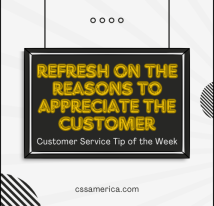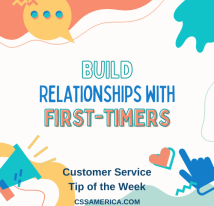
We’ve all heard of Debbie Downer (actually, if you haven’t, that’s probably a good thing). Debbie Downer was a character in “Saturday Night Live” – a person whose general attitude and actions brought down the environment, made everyone depressed – left others just sitting there…bummed.
However, I want to share something about a person of the same first name that I’ll refer to as “Debbie Developer.”
Debbie Developer is a client of mine (name’s been changed – I’m sure you’re shocked). She’s a training/development specialist, but much of her work over the past year has been with a new Service Excellence program. She’s well-respected by the CEO and has launched and successfully completed several large-scale initiatives over the past 2-3 years, in particular – initiatives that often go beyond the assumed responsibilities of someone in her role. And she does all this with a great customer service-oriented attitude.
Although her job is to develop skills in people, she also develops programs, she develops relationships, and she develops passion and energy around important projects. Here are three examples of how she develops with a customer service approach:
- When she walks into a meeting, she’s curious, asks lots of questions, comes up with ideas. When someone comes up with a great idea, she literally says “That’s a great idea!” When someone asks an interesting question, she says “That’s an interesting question.” She engages, acknowledges, and reinforces others. She doesn’t just think positive thoughts – she conveys them to others.
- When she’s given a task or project, she asks others how they would approach it, and she sends updates to keep them in the loop and let them know their input is requested and needed.
- She’s quick to respond to e-mails and voice mails; in e-mails, she always starting with a greeting and ending with some positive statement or enthusiastic “Thanks!” She often calls instead of e-mails if there’s any need for dialogue or detail to best answer the co-worker’s e-mailed question.
This is simply a quick example of a person who exemplifies customer service excellence. She does it by doing the right things with the right attitude. She does it by treating others the right way.
Don’t be a Debbie Downer. Be a Debbie Developer.
Signup for FREE Tips! Contact Us More Resources for You Visit Our Home Page






















